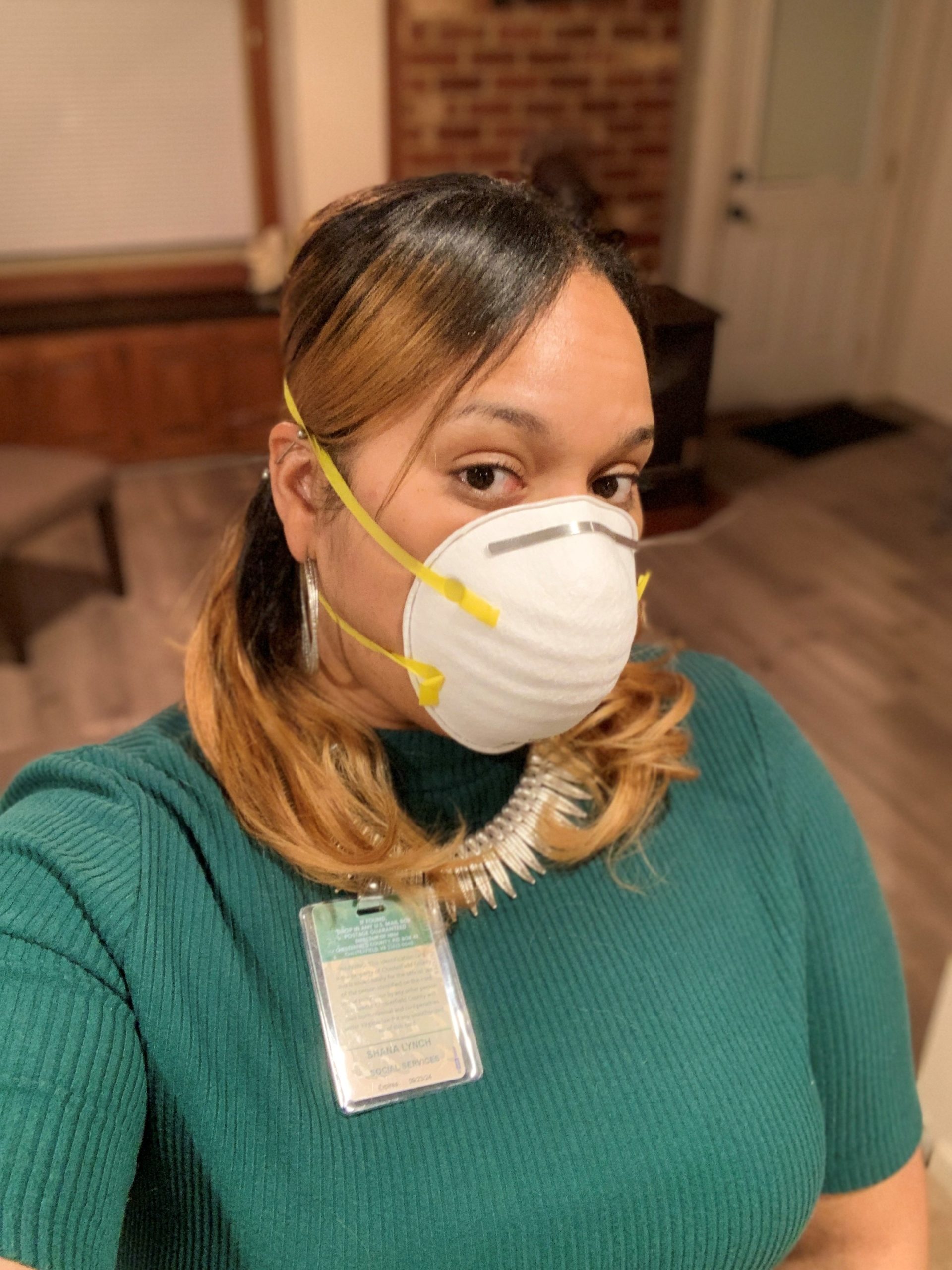

Each morning, Shana Lynch wakes up to go to work as a family services specialist for Virginia’s child welfare system. She drives from her home in Eastern Henrico to the home of a child in foster care. It is her responsibility to ensure that the children under the care of the state are not only safe but are also making progress with activities such as their educational plans and getting the health care they need. Ultimately, as a case worker for children in Virginia’s foster care system, it is Shana who serves as the connection to home and family for these children – constantly working to reunite a child with their biological family or find a relative or foster family they can be a part of.
Then, on March 23rd, Governor Northam ordered schools closed for the remainder of the year and issued a directive for non-essential businesses to close. A week later, the governor declared a stay-at-home order to mitigate the spread of COVID-19 and protect the health and safety of Virginians.
Still, Shana’s responsibilities have remained the same.
“The only part of our job that has stopped is the travel in between visits, in fact, we are working more hours now than we were before,” Shana stated.
Shana, like others on the front lines in child welfare, have spent the last few weeks transitioning to virtual meetings, learning new technology systems, filing court proceedings online, and tackling one crisis before moving on to the next. Before COVID-19, placing children into foster homes was already difficult. Now it is more challenging because of the fear that a child may have been exposed. In many cases, workers have to place children in a group home setting in an isolated building to quarantine for 14 days.
She and her colleagues still need to make some face-to-face visits for especially at-risk children. Chesterfield County gives its workers n95 masks and gloves, but not all localities have the funds to provide personal protective equipment. The risks of the job and requirement to respond in critical situations, makes Shana a first responder.
When we see visuals of first responders, it is usually of a firefighter, police officer, or medic. Rarely do we see, or even think about, child welfare workers. Yet, child welfare workers continue to be on the frontlines everyday protecting one of the most vulnerable populations in our community, children in foster care. They, too, are providing a critical service during this crisis.
Despite the Department of Labor recently including foster care and child protective service workers on the list of first responders at the national level, Virginia has not adopted all of the relief benefits for workers in our state, Benefits like hazard pay and paid time off are desperately needed as workers balance meeting the needs of children on their caseloads with managing their own family.
“I am 100 percent a first responder. There’s never a time where we can say we cannot respond to a child because of this pandemic,” Shana said.
Shana was drawn to work in this sector because of the family and social supports she had as a child. She realized that people without those supports and resources do not have the same opportunities in life available to them or their children. She stated, “I cannot change their past, but I tell all the children and families I work with that trauma histories do not define them.”
The starting salary for these frontline workers is $30,828 a year. And while salary increases were slated in the next budget, the pandemic has put raises on hold. Designating Shana and her colleagues as first responders will give them some financial and emotional relief while they continue to serve children.
“It is difficult to do this job and manage my own life responsibilities. We become family to the kids on our case load, so it’s hard to turn that off at the end of the day,” noted Shana.
Right now, children and their families are receiving help through telehealth programs, art therapy and regular phone check-ins. But, the accessibility to do ‘virtual visits’ and social isolation for youth poses a new challenge she didn’t face when she could previously travel for family visits.
“Being a foster parent is a huge task and now that task has doubled, and some children are experiencing more triggers than they were before,” Shana said.
For those who are fostering, Shana recommends children in care have designated quiet time, go outdoors, and use technology to have regular conversations with people who are in their life. The connectivity, structure and routine help youth with their wellness during this time.
For the community, the best thing we can do is to become a foster parent or talk about becoming a foster parent with our friends and family. Another option is supporting foster families in our community, especially older youth in care and not just children 0-5. People should also check in on families who are working to have their children return to their homes.
The reality is that in a post-COVID-19 world, Shana and her colleagues will likely face more challenges. When schools re-open, child welfare experts expect to see a spike in calls made to the child protective services hotline, less foster homes available to place children, and less funding available from local and state governments.
We need Virginia to designate Shana and the thousands of child welfare workers who serve the nearly 5,000 children in foster care as first responders to during these unprecedented times.
Read More Blog Posts